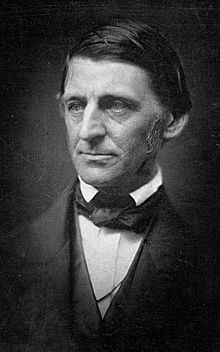

The grave of James Fenimore Cooper is located in Christ Church graveyard at Church and Fair Streets in Cooperstown, NY. It is marked by a 7' by 3' rectangular stone slab supported a few inches off the ground, often called a false tomb, next to his wife Susan Augusta, in the graveyard of Christ Church in Cooperstown, NY. The stone covering his grave has a raised cross and the incised inscription:
 |
| Inscription |
In 1923 he wrote The Pioneers which evolved into his most famous work, a five book series with the main character being Natty Bumppo, called The Leatherstocking Tales. which included The American Democrat (1838), The Last of the Mohicans (1826), The Pathfinder (1840), and The Deerslayer (1841). He then turn his efforts to to naval history and wrote The History of the Navy of the United States of America (1839), The Cruise of Sommers (1844), and The Distinguished American Naval Officers (1846) which contained the biographies of Commodores William Bainbridge, Richard Somers, John Shaw, William Shubrick and Edward Preble.
In 2013, James Fenimore Cooper was inducted into the New York Writers Hall of Fame.
 |
| Setting |





















